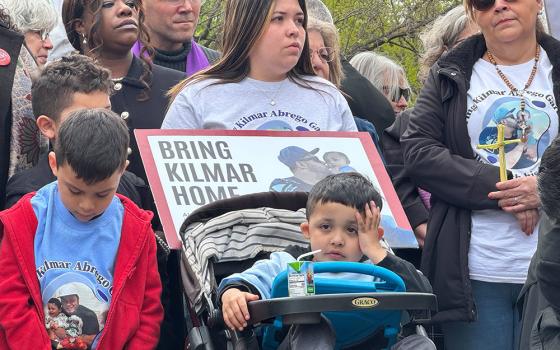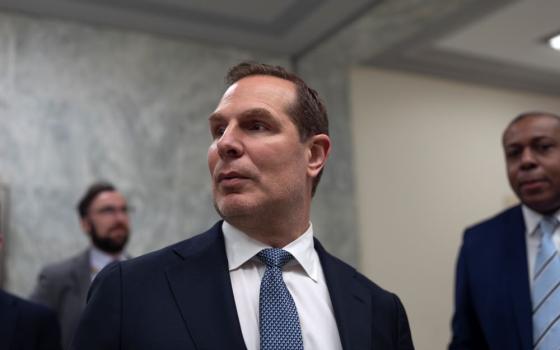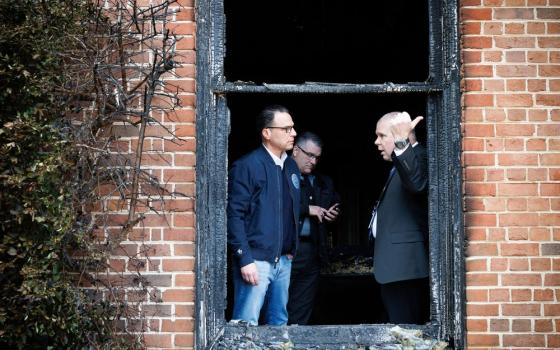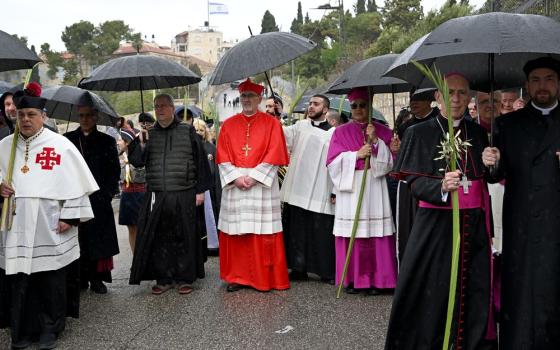More from my RCIA history notes:
The Catholic Reformation finally manifested itself, in part from the new movements such as the Jesuits and the Capuchins and the Barnabites and the Ursulines, and in part from the hierarchy which finally convoked the Council of Trent by Pope Paul III, elected in 1534 and one of the outstanding popes of all time. He gathered to himself all the different reforming elements from the Humanist Contarini to the conservative Carafa. The Council opened in 1545 and sat for two years. Pope Paul IV, the conservative Carafa, shut it down and went on a witch hunt. It was re-convoked in 1551-52 and the final session was 1562-1563. It changed virtually everything about the Church. It instituted seminaries for the training of clergy. It required that bishops live in their dioceses and conduct visitations. It defended the Church’s theology of the sacraments. It challenged Luther on his chosen ground, teaching about justification by faith. It reformed the curia. It called for a catechism which was the basis of the Baltimore Cathechism that we would be using if we were instructing you in the faith seventy years ago.
The Catholic Reformation not only reclaimed many of the lands that had fallen away from Rome, including Poland and Bohemia, it brought new energies to the faith. It coincided with the age of exploration, resulting in the great missionary efforts that first brought the Gospels to the shores of America as well as the efforts of Saint Francis Xavier to Christianize the East. The churches of Rome still reflect the splendor of the Catholic faith at this time. The Church was not freed from the entanglements of politics which would haunt her into the twentieth century. But, she was free from the limitations of the medieval era and emerged from the challenge of the Protestant Reformation renewed and stronger. What was lost, however, was the idea of Christendom and all that this meant for the culture of Europe. The Church was no longer the ground from which culture grew in large parts of Europe and in Protestant lands, the civil power claimed rights over the consciences of men that the Church had fought long and hard to protect.
That said, the fact that the Church was forced to examine her own teachings, to come to more explicit definitions of what she believed, and to explain her dogmas in terms that could be understood by the people of the age, all this prepared her for the onset of modernity. Ours is a dogmatic religion and it was about to be challenged not just by other dogmatic religions but by an intellectual enterprise that questioned the validity of dogma per se. The Church was much better prepared at the end of the Catholic Reformation than she was beforehand to meet that challenge.




